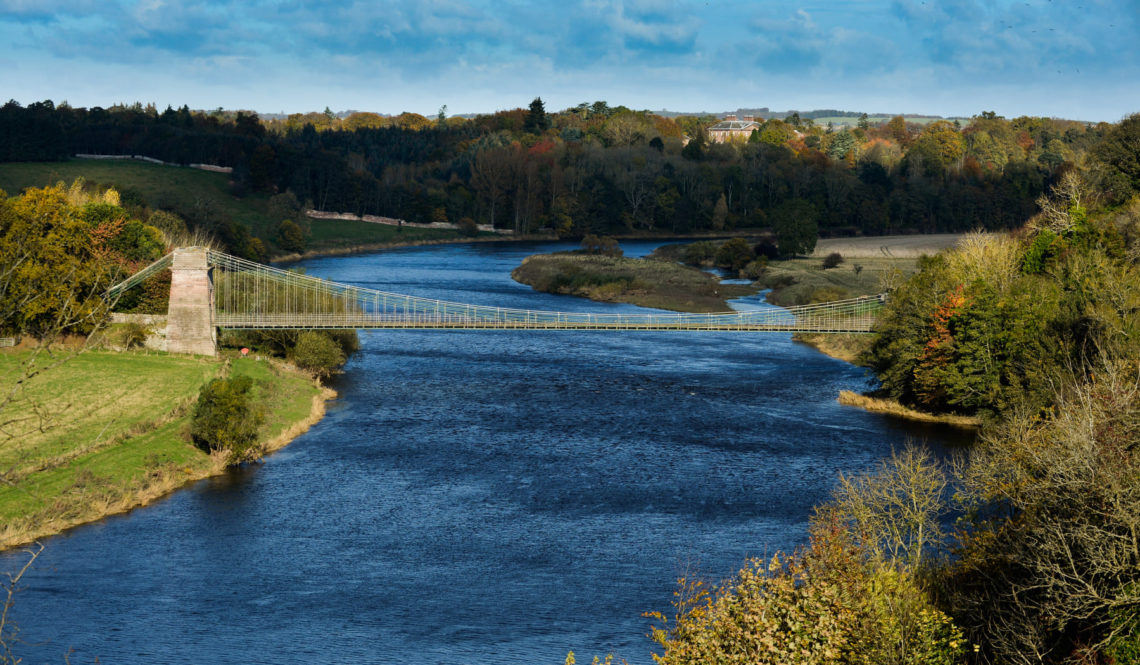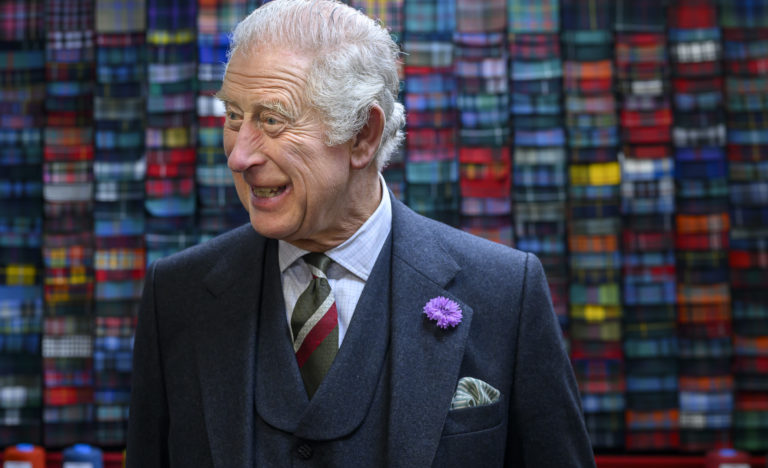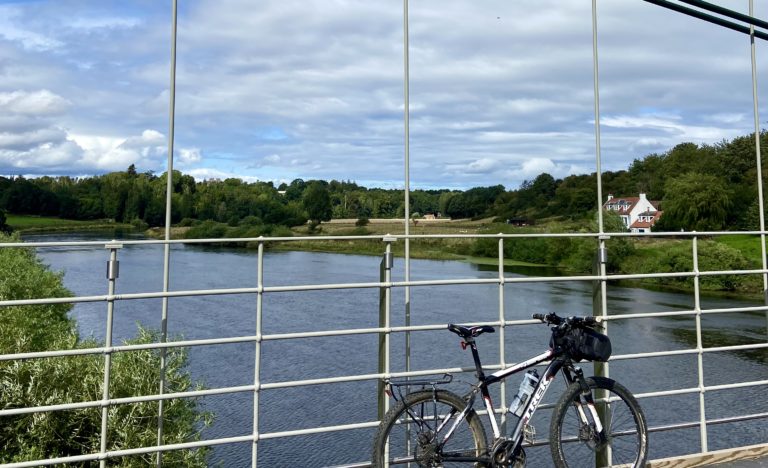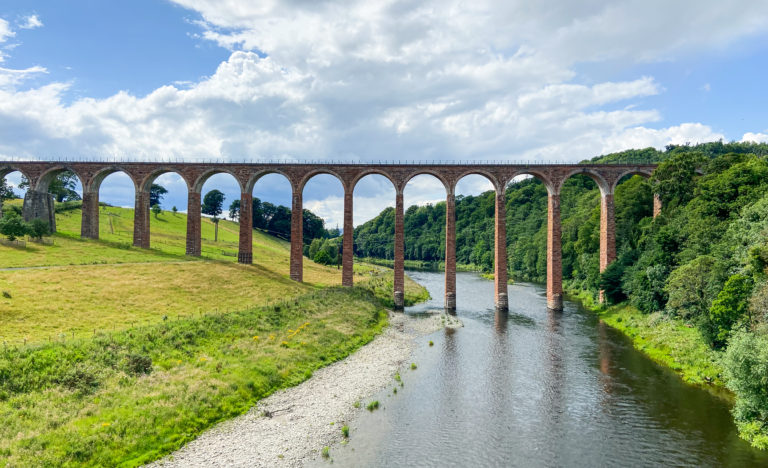Connecting Two Countries – The Story of the Union Chain Bridge
The famous Union Chain Bridge reopened a few weeks ago following a complex £10.5 million restoration which was completed earlier this year. At 202 years old, it has been recognised for its historical significance. Crossing the River Tweed and linking England and Scotland, it has been crowned an International Historic Civil Engineering Landmark, joining the league of the Eiffel Tower, the Sydney Harbour Bridge and the Brooklyn Bridge.
The Milne Graden team had a wonderful opportunity to discuss the impressive restoration with the Chair of The Friends of the Union Bridge, Robbie Hunter. He also gave us an incredible insight into Milne Graden’s connection to the historic landmark. Over to the expert…
Can you tell us briefly what the Union Chain Bridge is?
The Union Chain Bridge is the oldest vehicular suspension bridge in the world. Its groundbreaking design was an engineering phenomenon at the time, allowing for wider spans to be bridged more quickly and at a fraction of the cost of a masonry bridge. The works started in 1819 and the bridge was officially opened on the 26th of July 1820, a mere eight months after works commenced. It was the longest single-span bridge in the world and cost approximately £7000 to build. A masonry bridge would have cost at least three times that sum.
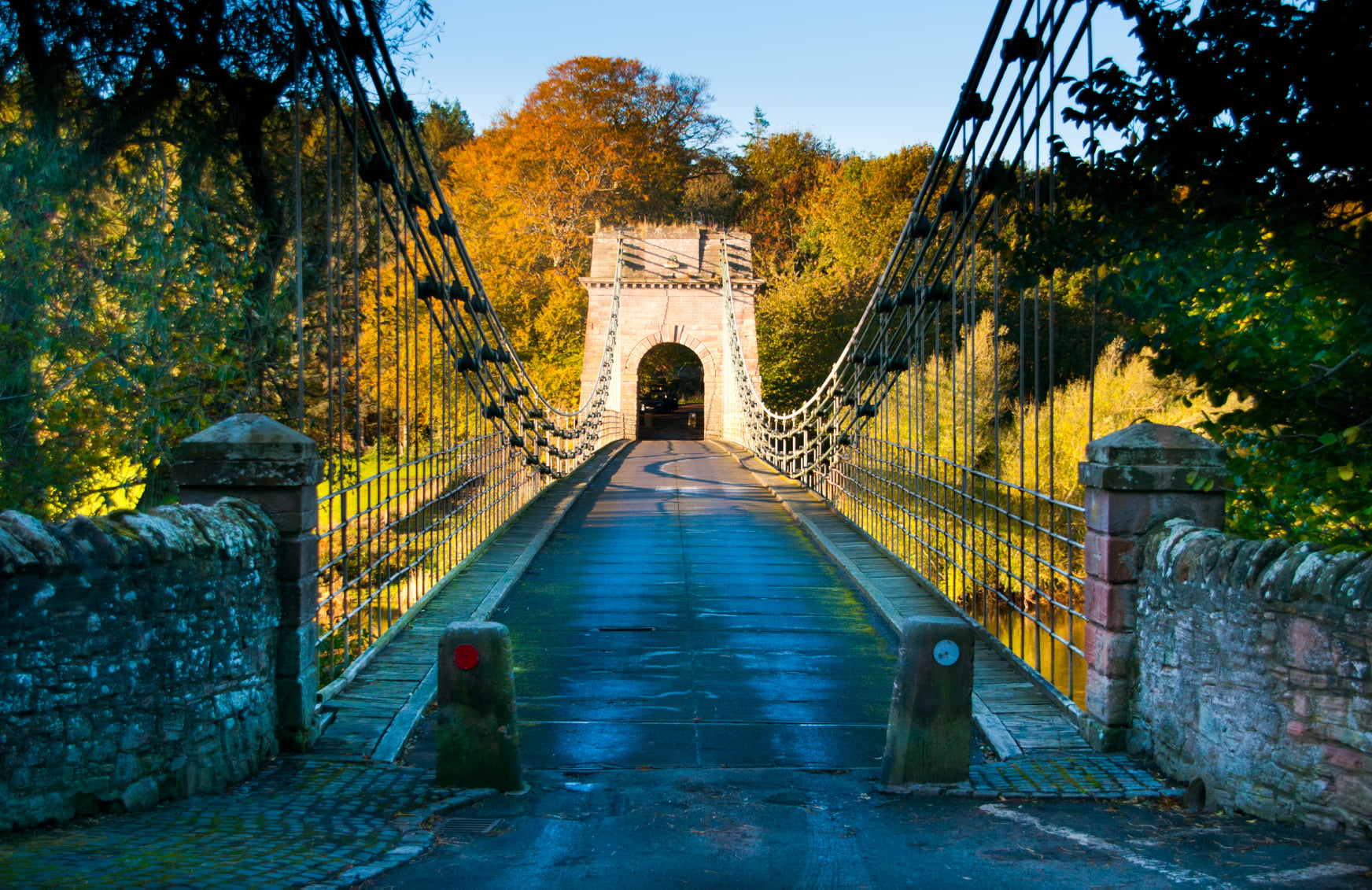
As you know, Milne Graden is situated in Scotland on the banks of the Tweed, enjoying views across the river to England. Why did people want this bridge?
At the time, there were much fewer bridges across the Tweed, and the fords were often impassable at times of flood. This was a time when the Berwickshire lands were being improved for agricultural purposes, and there was a need to bring in lime and coal from Northumberland. Therefore, a reliable crossing point was deemed desirable.
What was the name of the architect who designed the bridge?
A competition was conducted by the trustees of the venture and Captain Samuel Brown won the competition with his revolutionary design. Captain Brown, having retired from the Royal Navy, started a foundry in the Isle of Dogs to make iron anchor chains. By 1816 he had a eureka moment when he realised that his chains were strong enough to allow for a platform to be suspended from them, allowing for a quick, cheap and relatively easy way to erect bridges. Spanning distances up until then was thought to be impossible.
Admiral David Milne, who created Milne Graden, supported this endeavour. Can you tell us in what way?
Admiral Milne had serviced with Captain Brown in the Royal Navy and it seems highly likely that he would have introduced Captain Brown to the proposed bridge crossing trustees. Admiral Milne was a friend and cousin of the Homes of Paxton House, who were major supporters of the project.
The Union Chain Bridge has undergone a serious and extensive restoration programme recently – when did this start, and who is the main body that has spearheaded the restoration?
The restoration started in October 2020. The project partners are Northumberland County Council and Scottish Borders Council (who own the bridge), the community group Friends of the Union Chain Bridge, which was formed in 2012 to promote the restoration of the bridge and Museums Northumberland. The councils have contributed to the cost of the restoration along with a sizeable grant from the National Lottery Heritage Fund. There have also been significant grants from several Charitable bodies as well as support from individuals and businesses in the area and further afield.
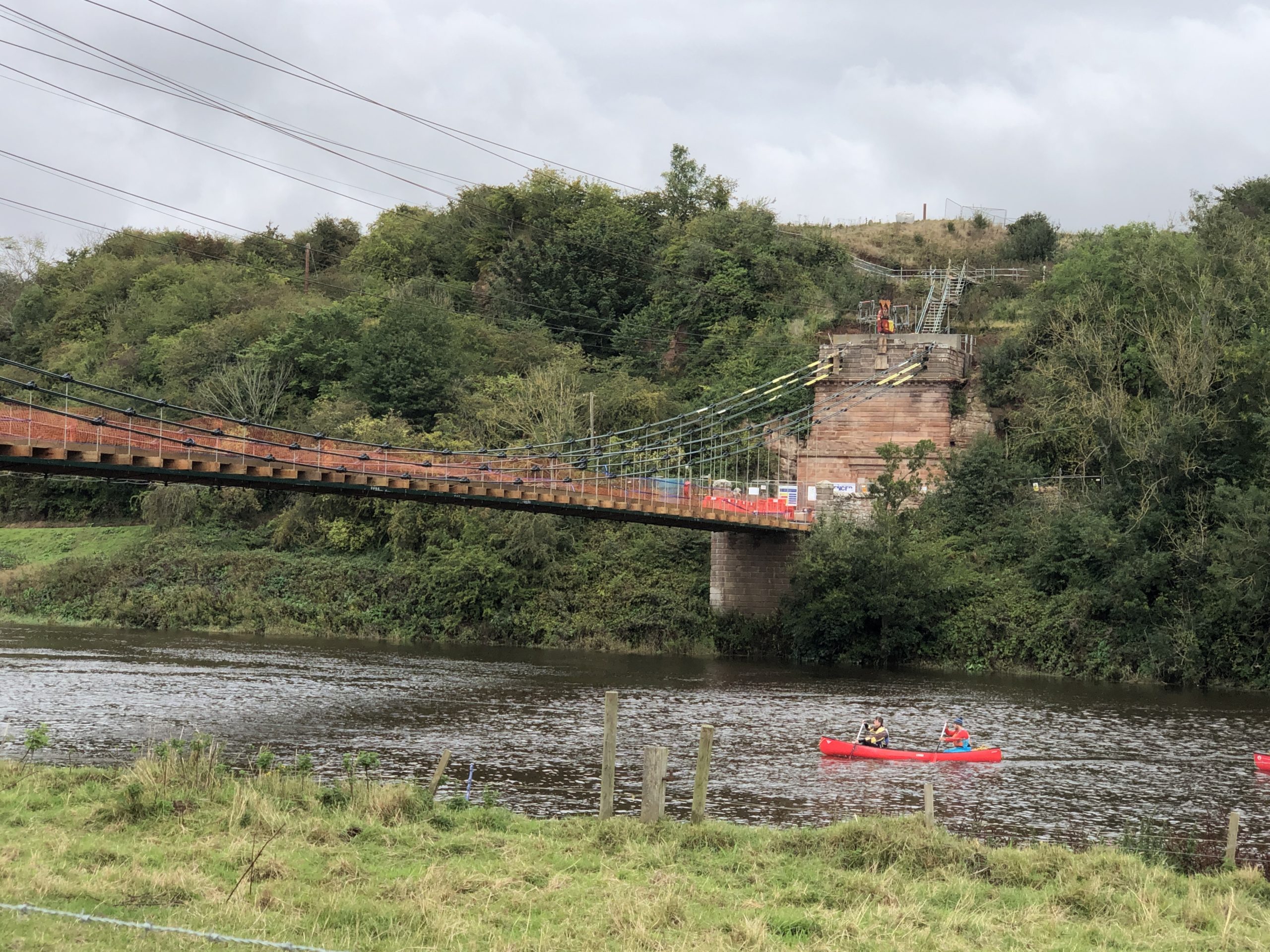
The restoration started in October 2020. However, faced issues due to the global pandemic. Covid inevitably caused problems in initially delaying the start of the work and being partly responsible for pushing up the costs of the project, particularly with regard to the increase in the cost of commodities like iron. Once the bridge was taken down piece by piece, it was also discovered that rather more parts of the bridge needed replacing. In fact, the £10.5m overhaul saw the entirety of the structure removed, checked and then restored and replaced before being put back together.
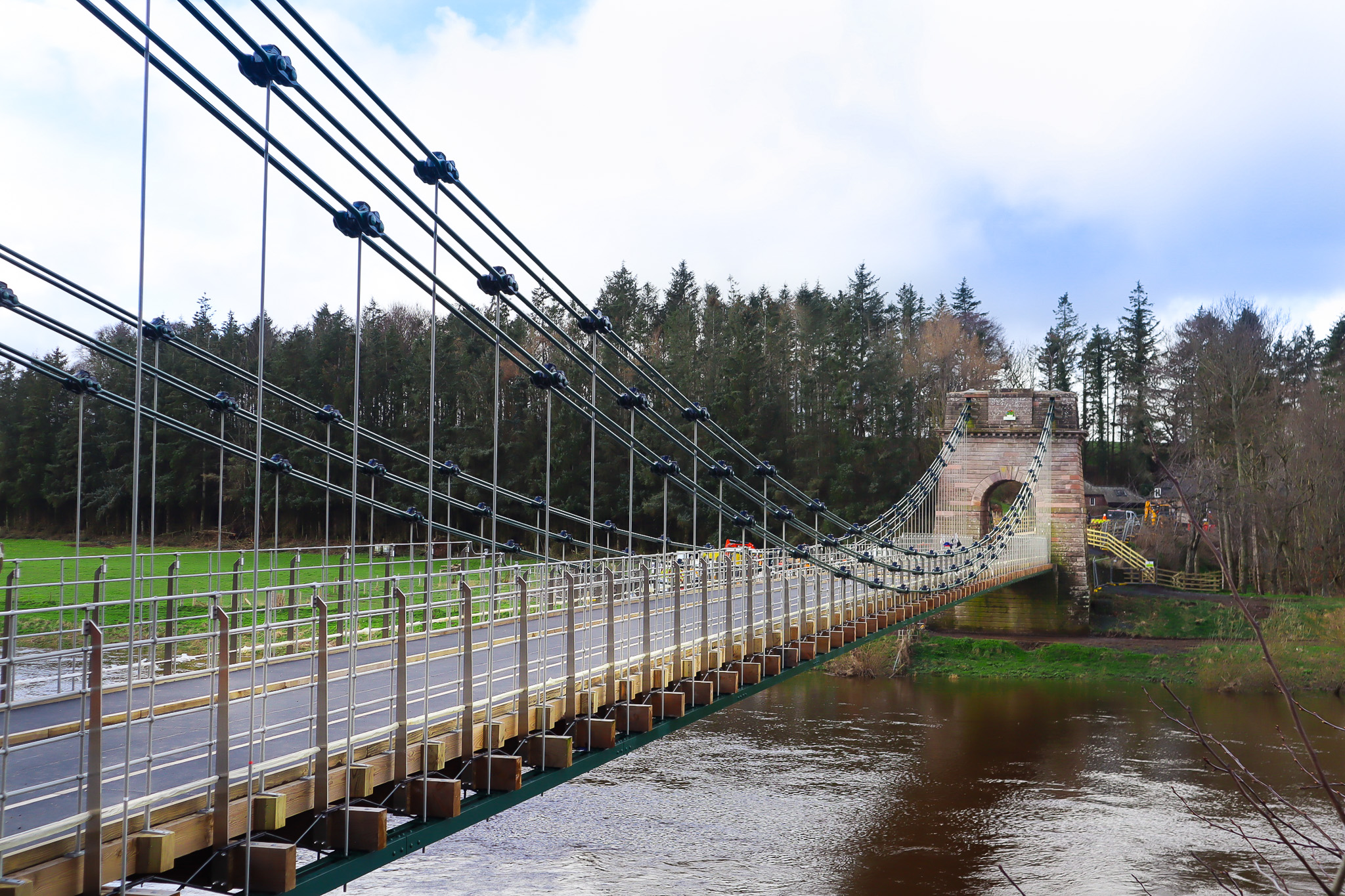
The wait is finally over as of July 2023. This restoration will allow visitors to drive, cycle or walk over the famous bridge once again. There will be parking areas and information points at both ends of the bridge, including a bronze statue of Captain Brown. Currently, there is a footpath on both the Scottish side (accessed from Paxton House) and the English side, which allows excellent views of the structure. There are also information hubs about the bridge at Paxton House and the Chain Bridge Honey Farm for those who would like to discover more during their stay at Milne Graden.
Learn about this magnificent piece of history through the Union Chain Bridge website – http://unionchainbridge.org/


